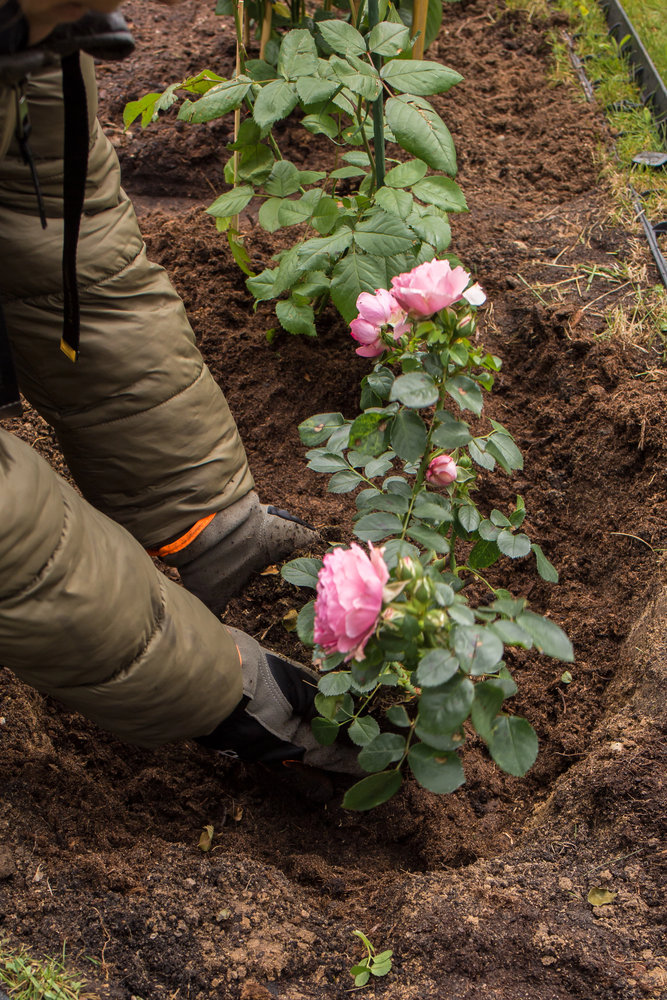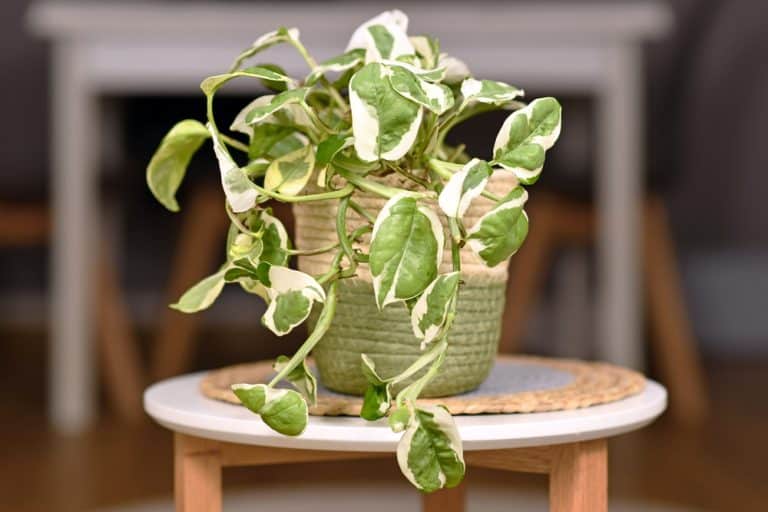

Introduction to Organic Gardening
Organic gardening is a time-honored method of growing plants without synthetic chemicals, relying instead on natural practices that promote soil health, plant nutrition, and environmental sustainability. As awareness of chemical-free cultivation grows, many people are turning to organic gardening for the beauty of lush plants, the flavor of fresh vegetables, and the satisfaction of eco-friendly practices. In this article, we’ll outline seven essential steps for achieving a thriving organic garden filled with healthy, vibrant plants.
Step 1: Start with Healthy Soil
Healthy soil is the foundation of any successful organic garden. The best way to begin is by testing your soil to determine its pH level and nutrient content. Organic gardening emphasizes enriching the soil with organic matter, such as compost, aged manure, or worm castings, to boost its fertility naturally. These organic additives not only provide essential nutrients but also improve the soil’s texture, water retention, and drainage, which are crucial for root growth and plant health.
Step 2: Choose the Right Plants for Your Climate
Selecting plants naturally suited to your climate is essential in organic gardening. Plants adapted to local weather conditions are less likely to succumb to pests and diseases, as they are better equipped to handle regional temperature and humidity fluctuations. Native plants are particularly well-suited for organic gardening because they often require less water and fewer interventions. Using seeds from organic suppliers ensures that plants grow without exposure to synthetic chemicals from the beginning.
Step 3: Use Organic Fertilizers
Instead of relying on synthetic fertilizers that may degrade soil health over time, organic gardening promotes the use of organic fertilizers, like fish emulsion, seaweed, or bone meal. These fertilizers release nutrients slowly, which helps to avoid sudden nutrient spikes that could harm plants. When added to your garden, organic fertilizers feed the soil microbes, fostering an ecosystem where beneficial organisms can thrive. This approach improves plant growth and enhances the natural resilience of your garden’s soil.
Step 4: Implement Companion Planting
Companion planting is a strategic practice in organic gardening where plants are placed near each other to improve growth, repel pests, or attract beneficial insects. For instance, marigolds planted near tomatoes can deter nematodes, while basil can improve tomato flavor and help repel pests. By planning your garden with companion plants, you create a balanced ecosystem that encourages natural pest control, reduces the need for interventions, and results in healthier, more vigorous plants.
Step 5: Practice Crop Rotation
Crop rotation is essential in organic gardening, especially for vegetable gardens. Planting the same crops in the same location year after year depletes specific nutrients from the soil and increases the risk of disease. In organic gardening, rotating crops each season prevents nutrient depletion and disrupts the life cycles of pests that target specific plants. For example, if tomatoes are grown in one area this season, consider planting leafy greens or legumes in that space next season. This practice improves soil health and fosters a more diverse, resilient garden.
Step 6: Use Natural Pest Control
One of the hallmarks of organic gardening is natural pest control. Instead of chemicals, organic gardeners use a variety of methods to manage pests while protecting beneficial insects. Hand-picking pests, such as caterpillars or aphids, from plants can be surprisingly effective. Introducing natural predators, like ladybugs or lacewings, helps keep pest populations in check. Additionally, using physical barriers, such as row covers or netting, can prevent pests from reaching plants. Organic gardening encourages a balanced ecosystem where plants, pests, and predators coexist harmoniously.
Step 7: Mulch for Moisture and Weed Control
Mulching is an excellent strategy in organic gardening for retaining moisture, suppressing weeds, and maintaining consistent soil temperature. Organic mulches, like straw, shredded leaves, or wood chips, decompose over time, adding nutrients to the soil. A layer of mulch reduces the need for frequent watering by helping the soil retain moisture, which is especially beneficial during hot weather. Furthermore, by covering bare soil, mulch reduces weed growth and helps keep your garden clean and orderly.
Conclusion
Organic gardening is a rewarding and environmentally friendly approach to growing lush, healthy plants. By focusing on soil health, natural pest control, and sustainable practices, organic gardening encourages a balanced ecosystem where plants can thrive. Whether you’re a seasoned gardener or a beginner, these seven steps offer a solid foundation for cultivating a vibrant organic garden. Your plants will be healthier, and your garden will contribute to a healthier environment.







